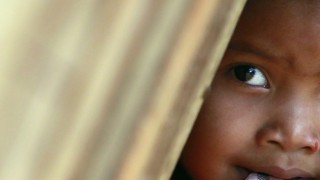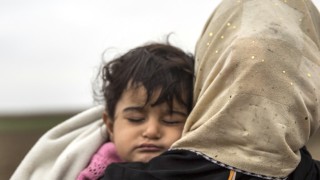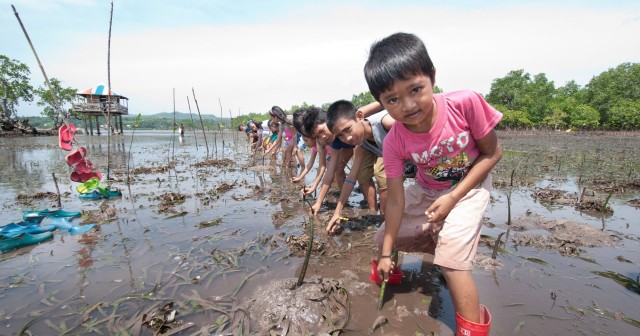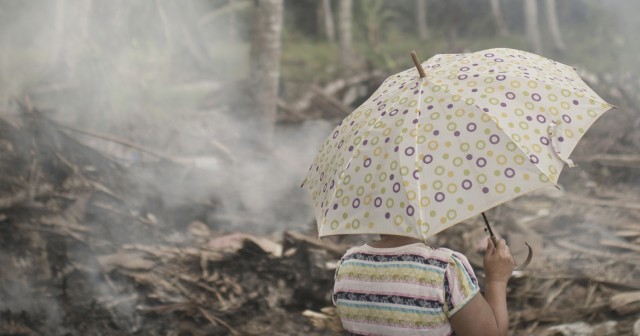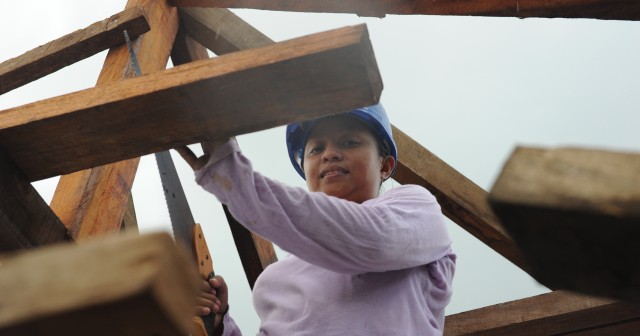The Philippines typhoon relief effort
On 8 November 2013, Typhoon Haiyan devastated the lives of more than 14 million people living in the Philippines. Around 1.9 million people were left homeless after the storm, and more extreme weather hit the already devastated community in the following months.
We provided a massive support effort, overcoming the mammoth task to restore and rebuild the lives of people affected by the disaster. We also gave emotional support to thousands of children who lived through the typhoon.
Almost three years later Plan International continues to provide assistance while also designing programmes to address early recovery for any future disasters in the area. Our main efforts focus on rebuilding homes, schools and key community facilities such as health centres and child protection facilities.
Eye-witness
This eyewitness video footage, taken by a Plan Community Worker, gives you some idea of the immense force of the water as it crashed into houses and buildings.
People caught up in the disaster have been telling us about their experiences:
Zita described the conditions: “We have nothing left after the storm and what we wear now has been wet for three days. Our town has no food, not even rice.”
Bringing smiles back
Following the typhoon, Plan International set up child-friendly spaces to help children overcome trauma from Typhoon Haiyan, known locally as Yolanda.
The centres also supported learning and provided a free space for children to play in - something that's crucial to continue the normality of these displaced girls and boys.
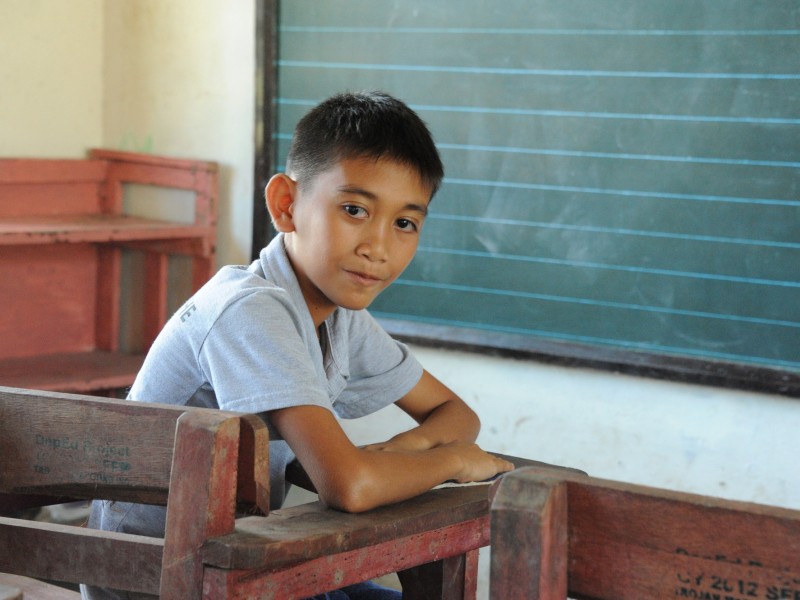
Regino’s story
Twelve-year-old Regino lost his house to Typhoon Haiyan.
In his village, in Basey, 318 houses were destroyed. Regino, his parents and other six brothers and sisters were left hanging on the rooftop crying for help when there was a flash flood.
However, he is happy that all his family members are safe.
“During that night, we left most of our things behind. We grabbed the clothes we saw, but left most behind. I also had to leave most of my toys, my school bag and books. I brought with me a t-shirt, a pair of shorts, and my yo-yo.”
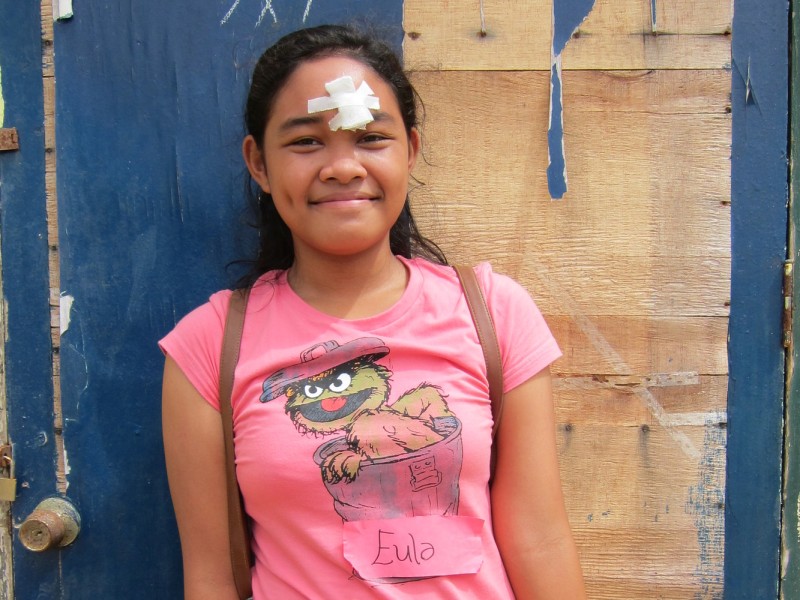
Eula’s story
“This is where I used to sit in class,” 13-year-old Eula says as she points to a spot on the exposed concrete floor where her classroom once stood. The roof and walls are nowhere to be seen; destroyed by the force of Typhoon Haiyan.
When Eula saw her school after the typhoon, her first thought was “We don’t have a school anymore!” Even six months after Typhoon Haiyan ripped through Eastern Samar province, the public school looks like no place for learning.
Building a resilient Philippines - Typhoon Haiyan 3 years on
From building schools to keeping children safe, here's the impact we’ve had
A year of recovery
Pieter ten Hoopen photographed the worst affected areas hit by Typhoon Haiyan
Building back, better after Typhoon Haiyan
Jonah is a survivor of the disaster and is helping to reconstruct devastated villages

